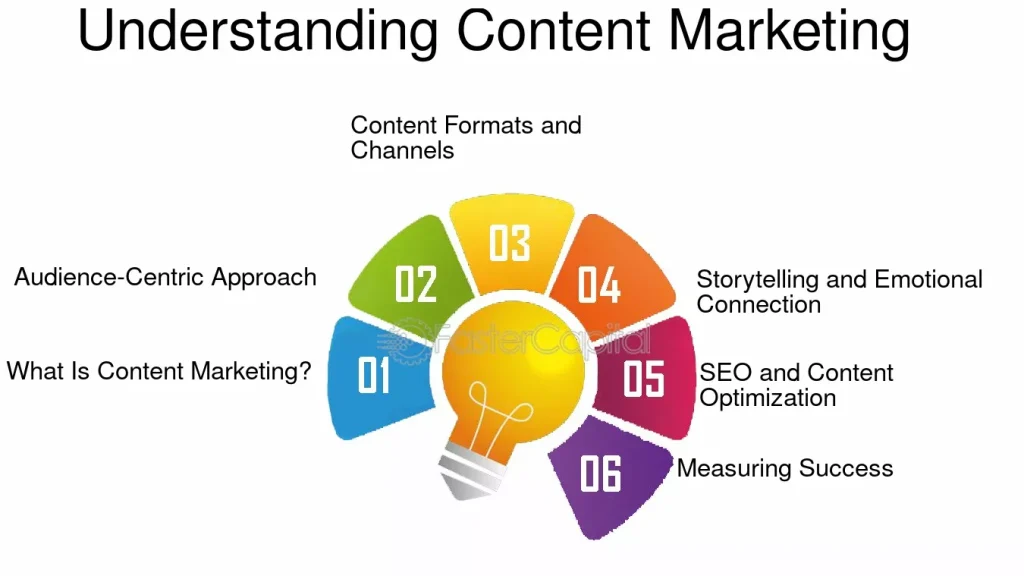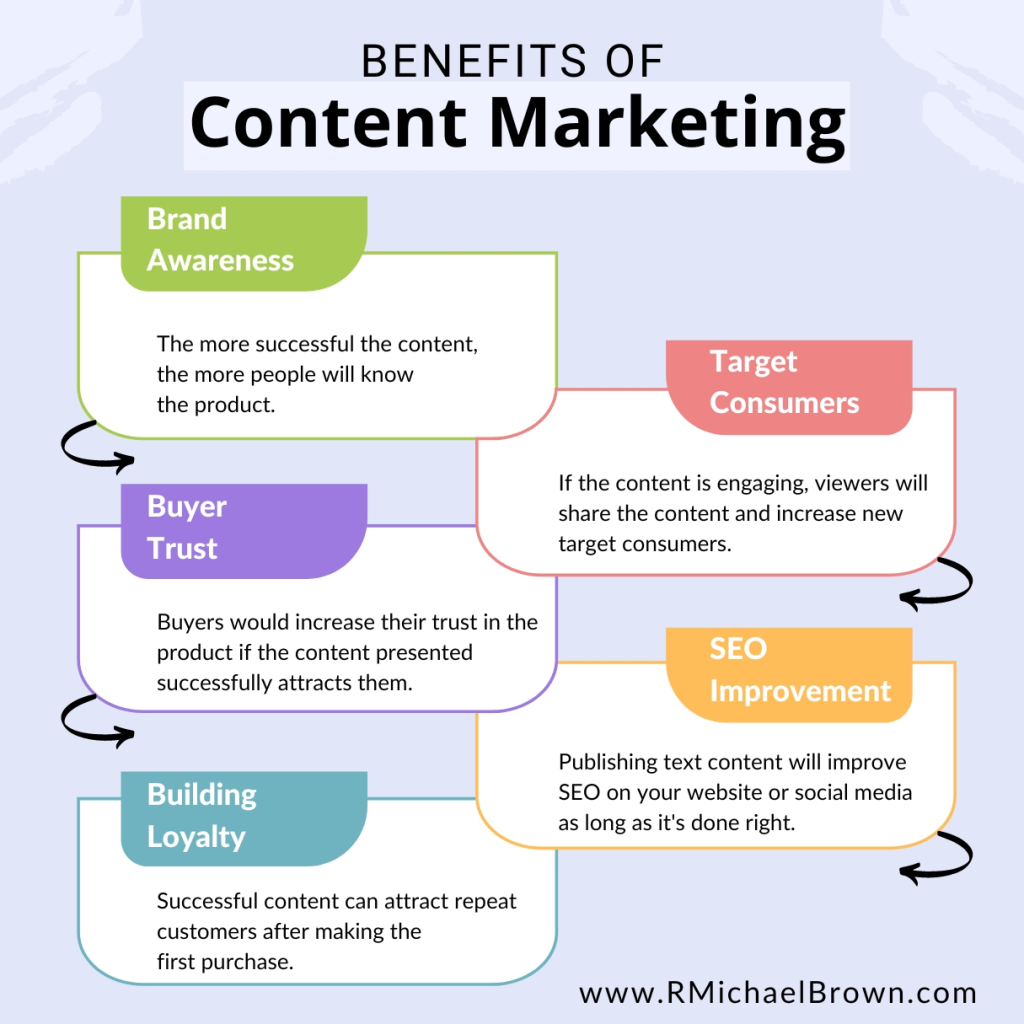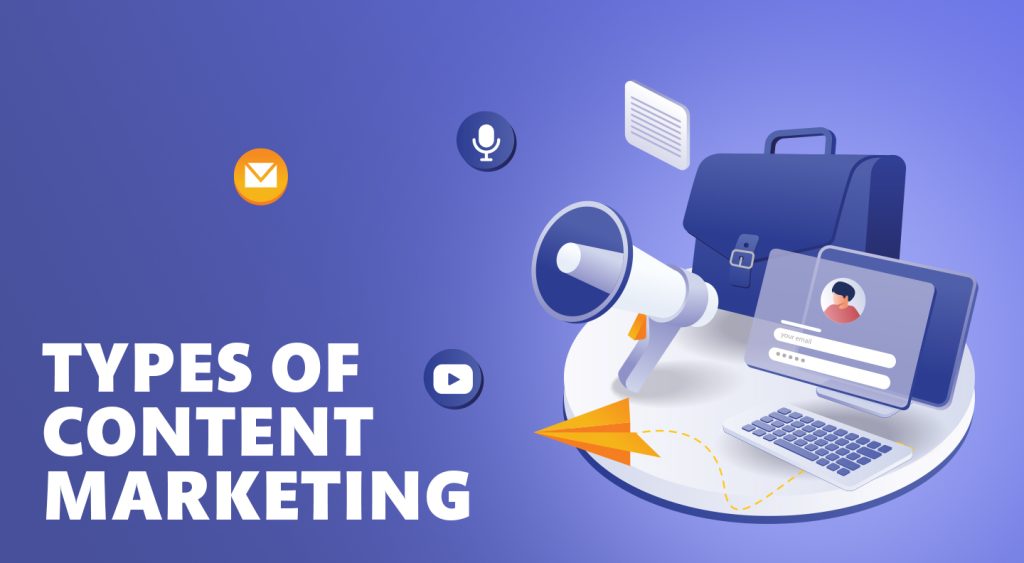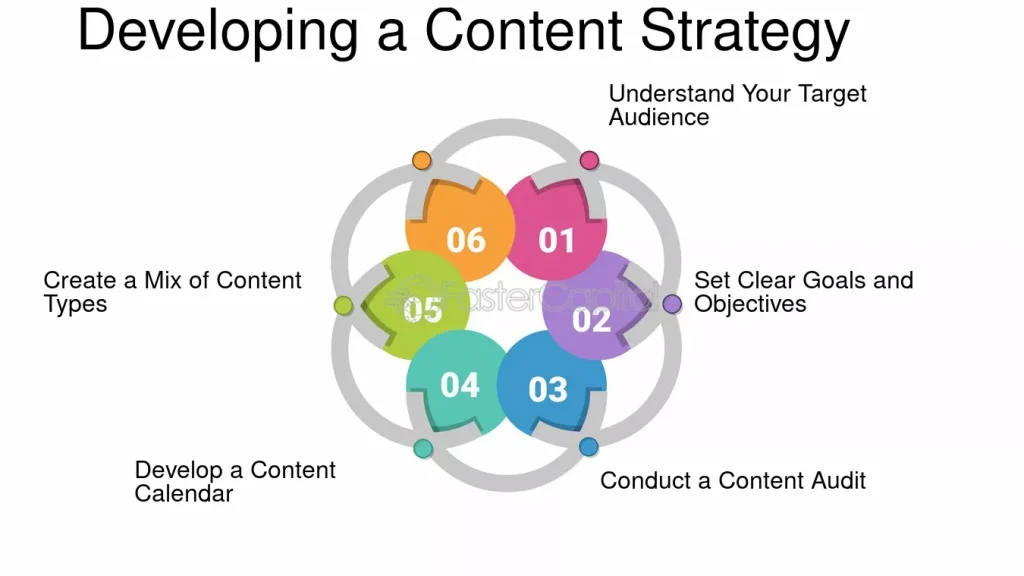
Introduction
In the ever-evolving world of digital marketing, content marketing has emerged as a cornerstone strategy that no business can afford to ignore. It’s not just about throwing some words on a page and hoping for the best—it’s about crafting a narrative that resonates with your audience, engages them, and drives action. But why is content marketing so significant? Simply put, it serves as the bridge between your business goals and your audience’s needs, merging creativity with strategy and data.
Integrating content marketing strategies into your overall business goals is paramount. It allows for a cohesive approach to how your brand communicates, educates, and builds relationships with customers. In this blog post, we will explore the essence of content marketing, its benefits, types, and how to develop a robust content strategy that can elevate your digital marketing game.
Understanding Content Marketing

1.1 Definition of Content Marketing
Content marketing is a strategic marketing approach focused on creating and distributing valuable, relevant, and consistent content to attract and retain a clearly defined audience. It’s not about selling products or services directly; instead, it’s about providing value that meets your audience’s needs and preferences.
Key components of content marketing include:
- Blogs: Long-form articles that provide in-depth information on relevant topics.
- Social Media: Engaging posts and updates that resonate with your audience.
- Videos: Visual storytelling that captures attention quickly.
- Podcasts: Audio content that can be consumed on the go.
- Infographics: Visual representations of data that aid in comprehension.
1.2 The Role of Content in Digital Marketing
Content is the heart of digital marketing. It drives engagement, informs potential customers, and builds lasting relationships. Without quality content, your marketing efforts will fall flat, much like a soufflé that just won’t rise. High-quality content attracts visitors to your website, encourages social sharing, and fosters lead generation.
Additionally, it helps in nurturing relationships. Engaging content can prompt comments, shares, and interactions that create a community around your brand. Establishing a loyal audience is not just beneficial—it’s essential for long-term success.

One of the most significant benefits of content marketing is its ability to improve your SEO performance. Quality content enhances your search engine visibility, making it easier for potential customers to find you. Search engines like Google reward websites that provide valuable, relevant content with higher rankings.
Here are some tips on optimizing content for search engines:
- Conduct keyword research to identify what your audience is searching for.
- Use keywords strategically in your titles, headings, and throughout your content.
- Ensure your content is engaging and answers common questions.
- Incorporate internal and external links to enhance credibility.
2.2 Establishing Authority and Trust
Consistent and valuable content positions businesses as industry leaders. It showcases your expertise and helps build trust with your audience. When customers perceive you as a trustworthy source of information, they are more likely to choose your products or services over competitors.
Take, for instance, brands like Hub Spot and Mos., who have successfully employed content marketing to establish themselves as authorities in the digital marketing space. They provide insightful blogs, guides, and resources that educate their audience, further solidifying their reputations.
2.3 Increased Customer Engagement
Engaging content plays a pivotal role in fostering interaction and building a community around your brand. When you create content that resonates with your audience, they are more likely to engage with it, sharing it across social platforms and discussing it with their peers.
Metrics to measure customer engagement include:
- Social shares and likes.
- Comments and discussions generated on blog posts.
- Email open and click-through rates.
- Website traffic and time spent on page.

Blogging remains one of the most effective content marketing strategies. Not only does it drive traffic to your website, but it also provides immense value to readers. Well-researched and thoughtfully written blog posts can answer questions, solve problems, and encourage readers to return for more.
Social media is the playground for content marketing. Creating shareable social media posts is crucial for maximizing your content reach. Use eye-catching images, compelling headlines, and engaging captions to draw your audience in. Utilize the platform’s unique features, such as polls, stories, and live videos, to foster interaction.
3.3 Video Marketing
Video content has exploded in popularity in recent years. It is a compelling storytelling tool that can convey messages much more effectively than text alone. Whether it’s tutorials, testimonials, or product demonstrations, videos can engage your audience and keep them coming back for more.
Visual content, such as infographics, enhances understanding and retention. They allow you to present complex information in an easily digestible format. When done right, infographics can go viral, leading to increased traffic and brand awareness.

4.1 Identifying Your Target Audience
The first step in developing a content strategy is understanding your audience. Use techniques such as surveys, interviews, and social media analytics to research and gain insights into your audience’s preferences, pain points, and interests.
4.2 Setting Goals for Your Content
Aligning your content objectives with business goals is crucial. Whether you want to increase brand awareness, generate leads, or improve customer retention, setting clear and measurable goals will guide your content creation efforts. Remember, without a goal, you’re just shooting arrows in the dark!
4.3 Creating a Content Calendar
Planning, organizing, and scheduling your content effectively can save time and ensure consistency. A content calendar can help you visualize your strategy, track upcoming deadlines, and maintain your content flow. You can create a simple spreadsheet or use project management tools to keep everything organized.
Measuring Success in Content Marketing

5.1 Key Performance Indicators (KPIs)
Tracking the effectiveness of your content efforts is vital for ongoing improvement. Key Performance Indicators (KPIs) can help you understand how well your content is performing. Important metrics to focus on include:
- Website traffic and sources of traffic.
- Conversion rates and lead generation.
- Social media engagement rates.
- Content shares and backlinks.
5.2 Analyzing Feedback and Making Adjustments
Establishing a feedback loop is essential for refining your content strategy. Regularly analyze the performance of your content and gather insights from your audience. This feedback will help you understand what resonates with your audience and what doesn’t, allowing you to make informed adjustments to your strategy.
In conclusion, integrating robust content marketing strategies into your digital marketing initiatives is not just beneficial—it’s essential for long-term success. By understanding the importance of content, recognizing its benefits, exploring various types, developing a strategy, and measuring success, businesses can harness the full potential of content marketing.

